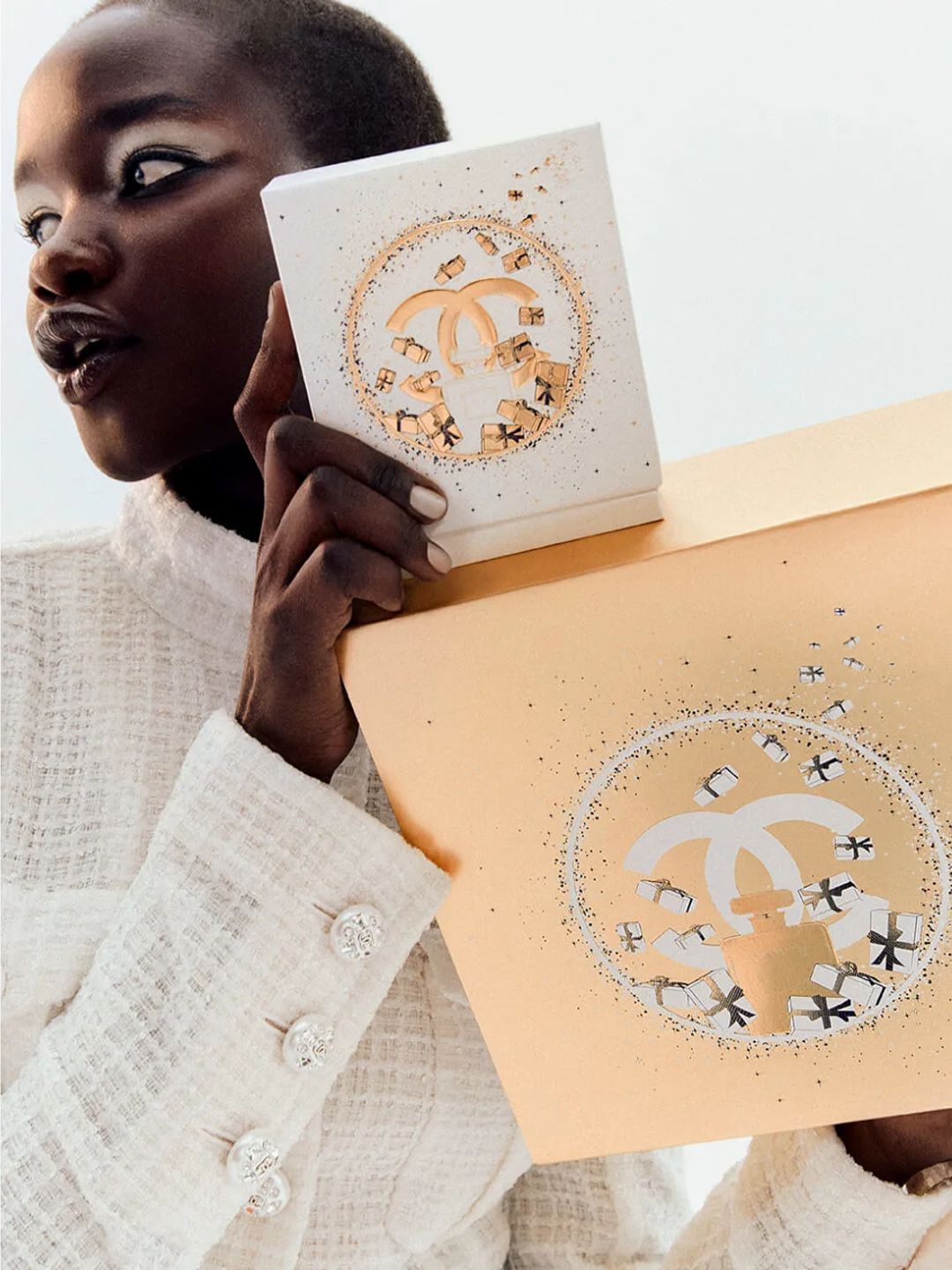Legend has it that one bottle of Chanel perfume sells every 30 seconds globally, and that number gets a substantial boost over the festive period when hapless partners and well-intentioned boyfriends know that the iconic fragrance will be a 'safe bet' for any partner.
Luckily, they aren’t wrong. Thanks to Gabrielle ‘Coco’ Chanel’s foresight, the brand is still the top choice for well-heeled women to spritz to this day. The story of Chanel’s iconic perfume starts in 1921, when master perfumer Ernest Beaux (aka the creator of Chanel N°5) was asked to create a fragrance that was a ‘medley’ of florals for Coco Chanel’s well-heeled clients.
It was “an expression of something abstract that you can't recognise,” Olivier Polge tells Hello! Fashion on location at Chanel’s historic farm in Grasse. Born in Grasse, Olivier Polge is the son of legendary perfumer Jacques Polge, who served as Chanel's in-house perfumer for 37 years. In 2015 Olivier became the fourth nose in the history of the House.
According to Olivier, the designer wanted a ‘floral medley’ so that no one would suffer the indignity of smelling like just one flower, tres passé according to mademoiselle Chanel. “She asked Ernest Beaux for an ‘artificial’ perfume, artificial because she made the comparison with her work. She was giving shape to dresses using new different types of fabric. So she asked for ‘artificial. She meant this because she didn't want it to smell like just a jasmine or just a rose… that was very new, that brought a certain level of complexity.”
Before then perfumers had crafted fragrances with an obvious floral note for instance, ‘Eau de Tuberose.’ Chanel recognised that this practice was not alluring, and held little mystery for her clients - something that Olivier still sees as an important signature of the brand’s approach to perfume making. “This is why I'm very careful that we will never come up with a perfume named ‘Le Jasmine Chanel,’” Olivier tells me with a certain definitiveness.
Beaux chose Grasse, the cradle of perfumery in France, to supply the jasmine blossoms - which would be used in the "composition” Chanel wanted, a tradition which continues to this day. From August to October, Chanel’s jasmine harvest still takes place on the Mul family farm in Grasse. “Freshness of raw material is always very important in perfume,” explains Olivier. Olivier’s family built a factory just a stone's throw away from the Jasmine fields themselves to preserve the blooms fragrance during transport.
This provincial location is acutely important to the resulting fragrance. “Egypt is the origin of our jasmine. It is beautiful as well, but it smells different… It is the exact same species of flower. But because of the influence of the soil and the climate, the jasmine from Grasse is much milder,” says Olivier about what sets Chanel’s blooms apart, “If you describe the weather here it is never too warm, never too cold.” Indeed upon smelling the Jasmine from Grasse compared to traditional Jasmine myself, I can confirm the french variety has a much more subtle green tea note.
This year the iconic fragrance is being revitalised for the holiday season, harking back to the glamour of the decade when her original perfume was born… the roaring 1920s. Chanel has created limited-edition cases inspired by “Les Années Folles” for three of its most emblematic fragrances, which open to reveal the elegantly presented bottles inside.
Between contrasts and lights, the preciousness of platinum beiges, diamond whites and blacks are amplified with a “rain of sequins” adorning the perfumes in this revamped collection for 2023. Gift givers can also look forward to new wrapping, with signature charms adding the final touch to their Chanel present.
The 1920s were a period of celebration and splendour for Chanel. The decade’s aesthetic resonates with the eponymous founder’s style. Her black evening dresses covered with sequins from the era responded to the quest of graphic impact, and the desire to shine. As we enter this holiday season, Chanel's iconic perfume continues to weave the threads of timeless elegance and innovation, just as it did in the dazzling 1920s.
In the midst of holiday festivities, the story of Chanel's iconic perfume continues to unfold, reminding us that some legends are not just timeless but are also eternally reinvented, capturing the hearts of generations, one delicate note at a time.


